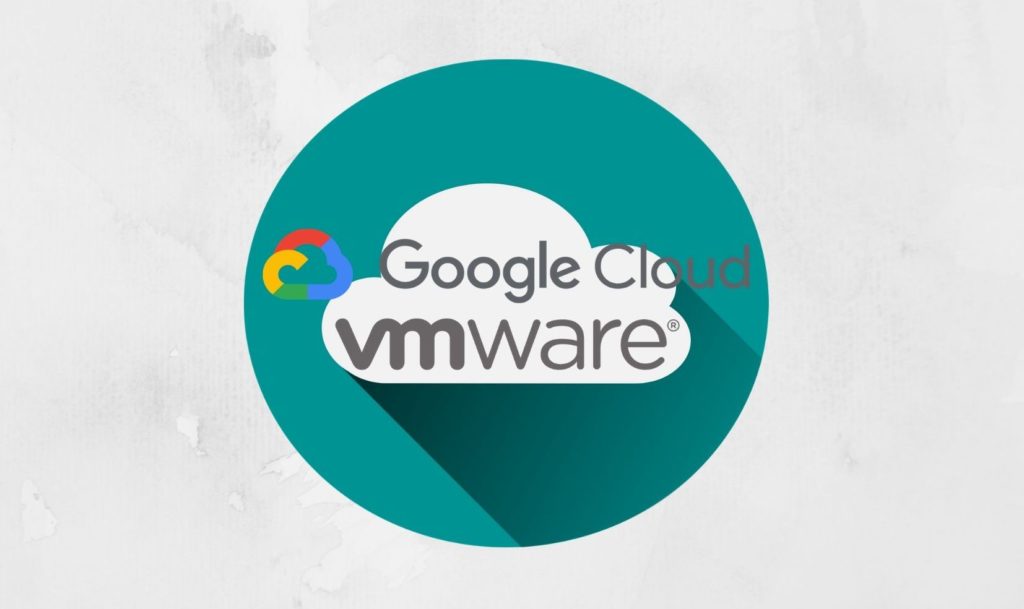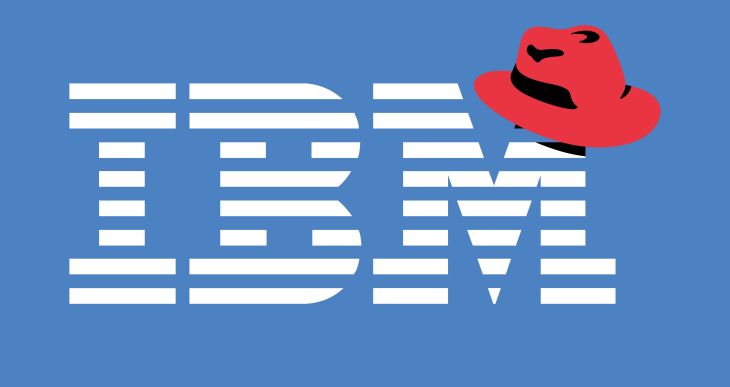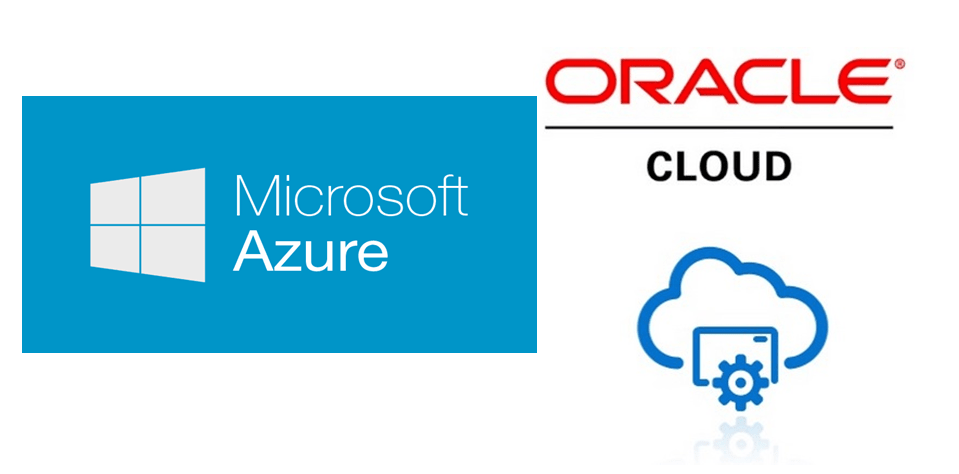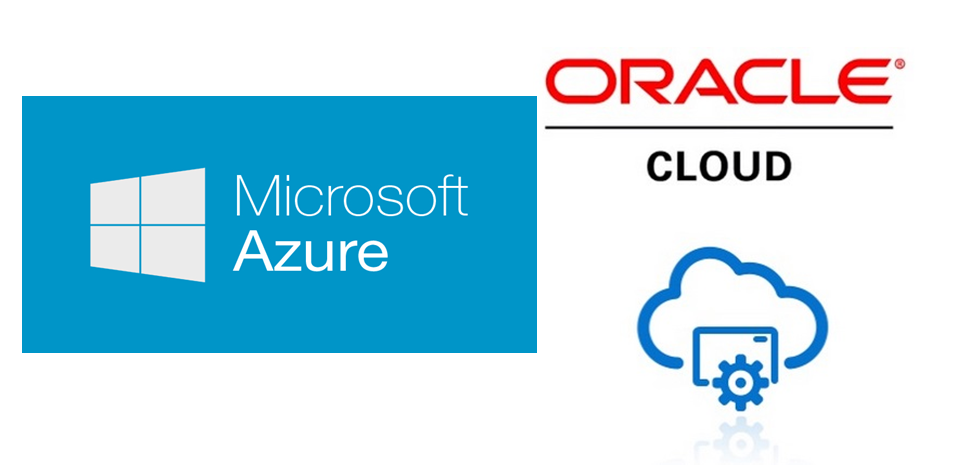Google Cloud to Add Support for VMware Workloads to Attract More Enterprise Customers
Google has just announced that it has joined its hands with the software company, VMware, to expand its cloud services. This way, Google will be able to court the enterprise users of VMware who will be able to run their workloads over Google Cloud.
Through the partnership, the two companies are planning to start a new hybrid cloud service called Google Cloud VMware Solution (developed by CloudSimple). The service will let the VMware enterprise customers use the Google Cloud Platform (GCP) to run their vSphere-based workloads. The partnership will make Google provide its support for the VMware Cloud Foundation. The VMware Cloud Foundation is mainly responsible for deploying and running hybrid clouds.
VMware has got a long list of enterprise customers, and it would be great for Google if it bags them for its hybrid cloud service. Though Google is a long-time rival for VMware and many of the enterprises won’t be moving to GCP, there are many who themselves had requested Google to provide support for VMware cloud over its cloud service. Migrating the VMware workloads to a VMware software-defined data centre (SDCC) running in GCP, will render the organisations to have full, native access to the complete VMware services, i.e. vCenter, vSAN and NSX-T.

“Customers have asked us to provide broad support for VMware, and now with Google Cloud VMware Solution by CloudSimple, our customers will be able to run VMware vSphere-based workloads in GCP. This brings customers a wide breadth of choices for how to run their VMware workloads in a hybrid deployment, from modern containerized applications with Anthos to VM-based applications with VMware in GCP.” said Google in the announcement.
Google is moving forward towards internet-based computing and storage, and it is estimated that the company may raise its cloud business to $8 billion this year. The partnership is also going to add up some more to the annual revenue of the company. Where its rival companies like Alphabet Inc. has already been in such deals, Google has just started on this way.
“Our partnership with Google Cloud has always been about addressing customers’ needs, and we’re excited to extend the partnership to enable our mutual customers to run VMware workloads on VMware Cloud Foundation in Google Cloud Platform. With VMware on GCP, customers will be able to leverage all of the familiarity and investment protection of VMware tools and training as they execute on their cloud strategies, and rapidly bring new services to market and operate them seamlessly and more securely across a hybrid cloud environment.” VMware’s Sanjay Poonen said in a statement.
VMware is not new to such partnerships and has recently partnered with Microsoft and formed the Azure VMware Solutions, which is again developed by CloudSimple. In 2016, the company had also joined its hands with Amazon in order to integrate the cloud services from both the companies altogether.

Yashica is a Software Engineer turned Content Writer, who loves to write on social causes and expertise in writing technical stuff. She loves to watch movies and explore new places. She believes that you need to live once before you die. So experimenting with her life and career choices, she is trying to live her life to the fullest.






